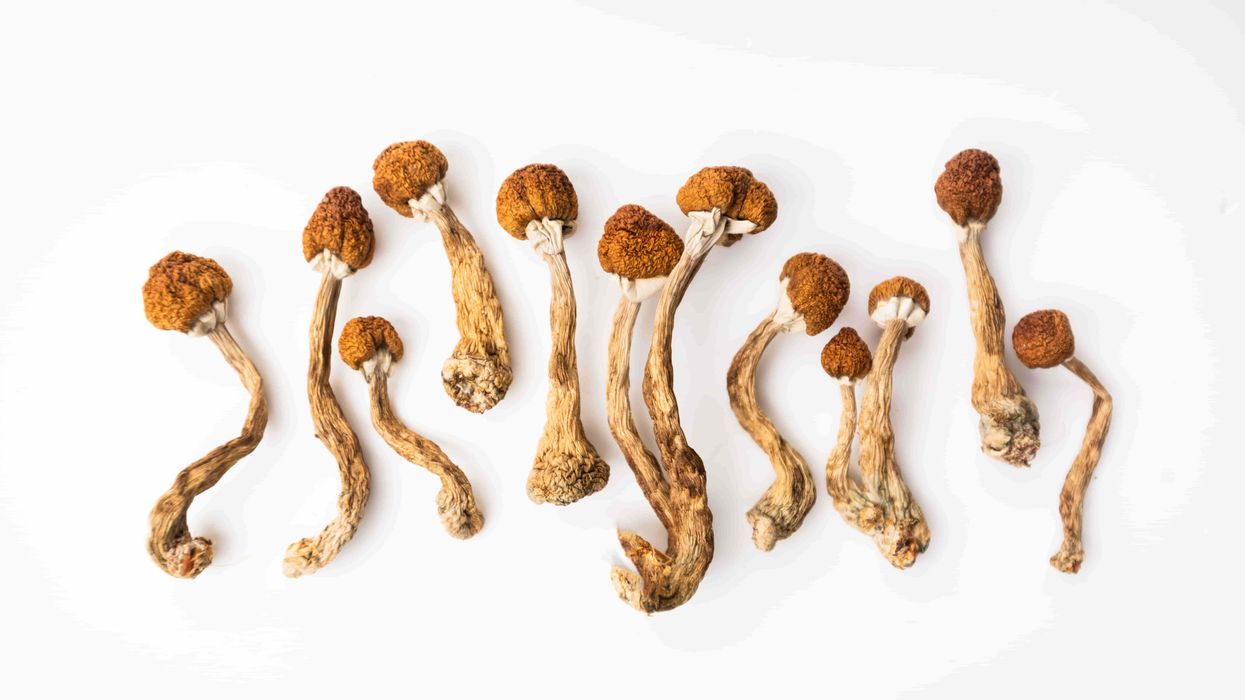Psychedelics have been utilized by various cultures throughout the past several centuries, and they’ve had a notably transformative effect on the way humans perceive and interact with the world around us.
But what about other species?
Humans aren’t the only living beings on earth capable of consumption, which begs the question: are there other mammals on earth who can engage with psychedelics/hallucinogens, and if so, do they experience similar groundbreaking effects?
Can Animals Consume Psychedelics?
Every dog owner knows what a big no-no it is for a canine to consume chocolate, so it’s difficult to imagine a world where animals can consume psychedelics with little-to-no negative effect. However, that seems to be the case for quite a few of them.
While few domestic pet owners are likely to opt for feeding their pets hallucinogens, that doesn’t stop wild animals from indulging in nature’s party favors, like ayahuasca, yage, and magic mushrooms.
It’s difficult for us to ascertain exactly how psychedelics and hallucinogens affect the animals that consume them, but researchers have collected enough data on the topic to highlight a few species who regularly indulge in the wild.
The easiest thing to compare it to is cats and catnip. When cats sniff catnip, a chemical compound called nepetalactone enters their nasal tissue, causing them to experience euphoria and hyperactivity.
Hallucinogens work similarly with the animals that consume them, and seem to result in a relaxed and boosted mood overall. It’s difficult to figure out what leads these animals to psychedelics in the first place, but many experts chalk it up to boredom and hunger – at least at first.
However, other experts believe these animals know exactly what they’re doing when they consume hallucinogens, and continue to return to these natural sources of enlightenment by choice.
7 Animals That Consume Hallucinogens
Wherever your belief lies on what actually goes through an animal’s head when it consumes psychedelics, there’s no denying the following animals have indulged in hallucinogens to a variety of results and effects.
1. Deer + Magic Mushrooms
Many different types of deer have been recognized for munching on magic mushrooms, like reindeer, moose, and caribou.
As far as intention goes, it seems like these deer know exactly what they’re doing. They tend to sniff out Amanita muscaria (fly agaric) mushrooms even when frozen beneath winter snow.
This strain of mushroom isn’t poisonous enough to do fatal harm, but it is poisonous enough to inspire a trippy experience. Fly agaric mushrooms contain muscimol, a compound that has a powerfully sedative and hallucinogenic effect on the consumer.
Observers who’ve witnessed deer after they consume this strain of mushrooms report that they often act drunk, running around aimlessly, twitching their heads, and making strange noises. Sounds like our kind of party.
2. Primates + Psychedelics
Primates in Africa have also been known to dabble with psychedelics, like iboga. Iboga is a shrub native to the tropical rainforests of Central Africa, and it contains ibogaine, a psychedelic compound that primates appear to use with intent.
Mandrills – a close cousin of the baboon – are found in the Congo and Gabon and are known for indulging in iboga root to improve their performance during dominance struggles with other primates, sort of how a professional athlete might utilize steroids or other performance-enhancing drugs.
3. Jaguars + Yagé
Jaguars are known to consume yagé, a vine that grows in the Amazon Rainforest and takes the giant cats from terrifyingly intimidating to tipsy.
Many humans may also be familiar with yagé-like effects, as the vine is also a primary component in longtime psychedelic spiritual aid, ayahuasca.
Researchers don’t have a clear reason as to why jaguars consume this hallucinogen, other than that they simply enjoy the feeling – and after seeing videos like this, I can’t blame them.
4. Cows + Locoweed
Cows aren’t exactly innocent when it comes to hallucinogenic consumption, and their “drug” of choice? Locoweed, a high-protein plant that blooms in America’s Midwest every spring.
Locoweed produces swainsonine, a compound that can cause grazing animals (like cows or horses) to go into a sort of relaxing trance.
Cows aren’t necessarily drawn to locoweed for its psychoactive effects, but rather for its protein content, which they crave a fair amount of. The high that goes along with it seems to just be a happy accident – and one the cows aren’t ready to give up any time soon.
5. Dolphins + Pufferfish
While there are quite a few wild animals who consume hallucinogens, whether by accident or on purpose, they aren’t the only ones getting “high” off their scavenged supply.
For dolphins, their form of getting wavy looks like using their sharp teeth to play with pufferfish. Dolphins are notoriously sadistic when preying on their meals, and they’ll often play with their food before committing it to their digestive systems.
Pufferfish are known to release a powerful and deadly poison (tetrodotoxin) when they feel threatened and being pinned between the jagged teeth of a predator certainly qualifies.
However, tetrodotoxin can be mildly hallucinogenic when taken in small doses, and younger dolphins have been known to pass around these small amounts of pufferfish poison like it’s a joint.
6. Bighorn Sheep + Lichen
Bighorn sheep in the Canadian Rockies regularly seek out lichen, a complex life form made of strands of fungal hyphae. When consumed, they have hallucinogenic effects that bighorn sheep can’t seem to get enough of.
The sheep have been known to traverse hard-to-reach terrain in pursuit of lichen, even chipping their teeth down to be able to scrape the fungal hyphae off rocks and into their systems.
Researchers aren’t sure why bighorn sheep seem to go so out of their way to acquire lichen, other than, they just enjoy the high, man.
7. Red-Fronted Lemurs + Millipedes
Red-fronted lemurs are native to Madagascar, and they’ve been known to pick up highly-toxic millipedes and rub them all over their netherregions.
Why?
Researchers and observers believe the red-fronted lemurs use the millipedes as a sort of topical ointment to soothe irritations, but they’ve also been known to swallow them after rubbing themselves down.
These millipedes don’t seem to have a specific hallucinogenic effect, but researchers believe red-fronted lemurs ingest the insects to help with parasites. Essentially, they are model medical-use patients utilizing the nature around them for healing.
Need a little more Bluntness in your life? Subscribe for our newsletter to stay in the loop.
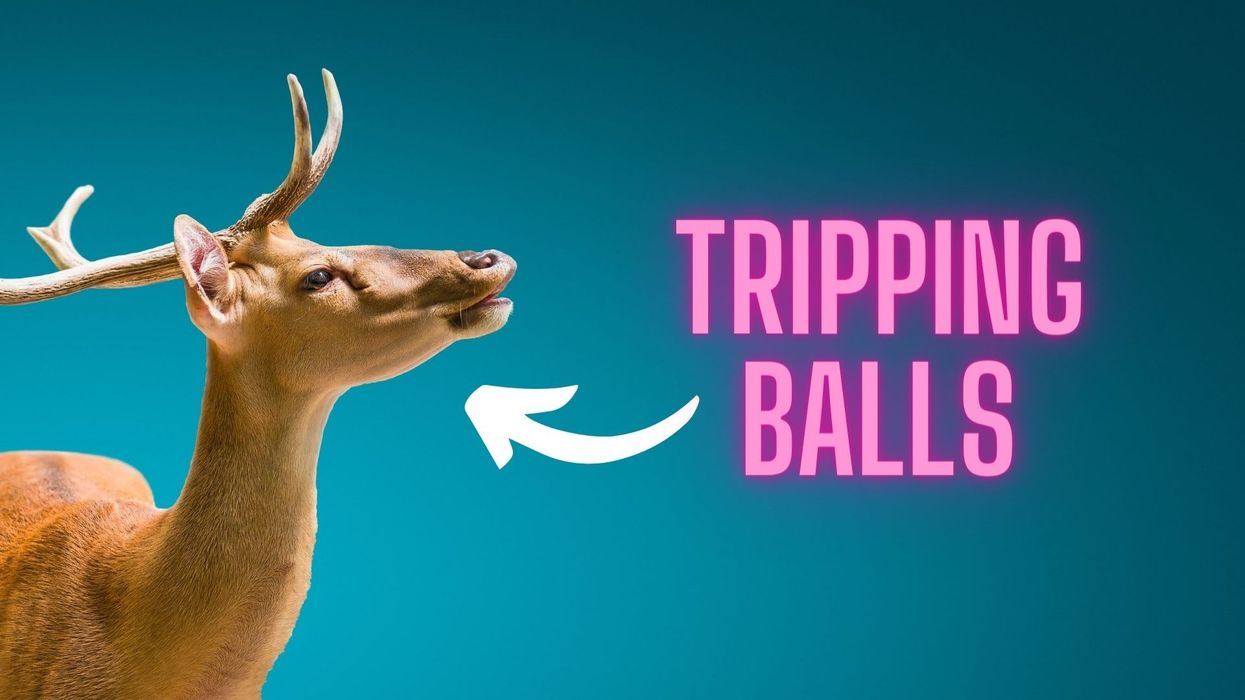












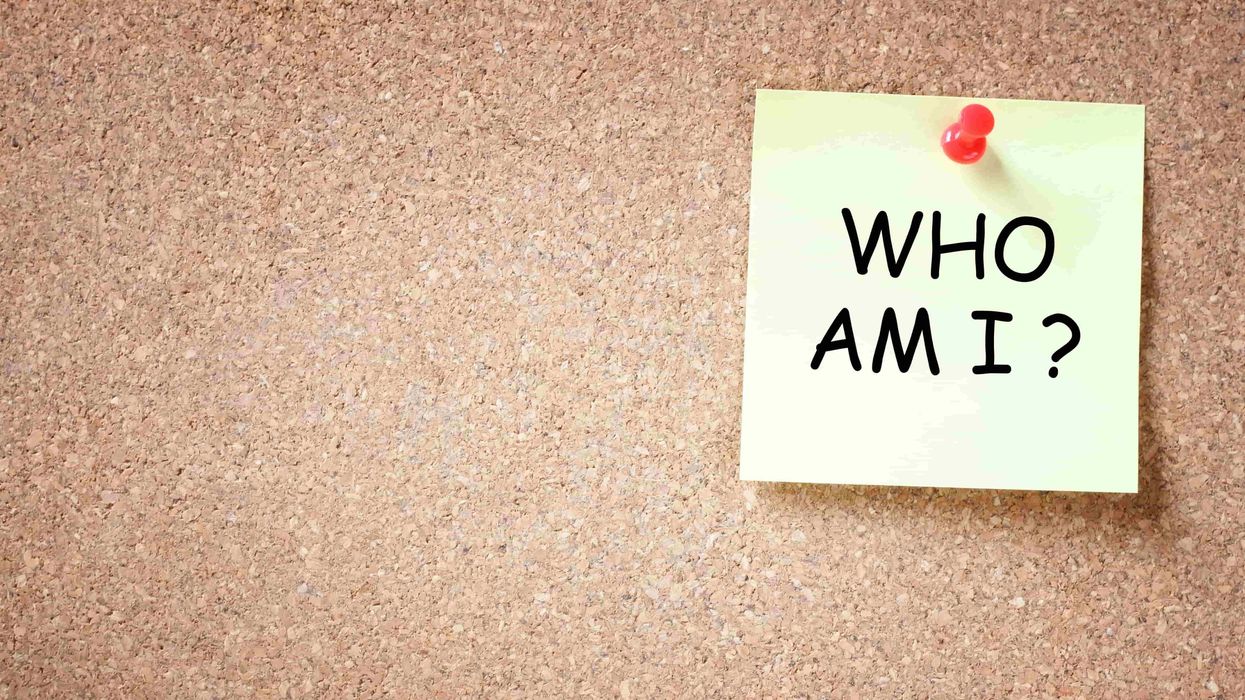

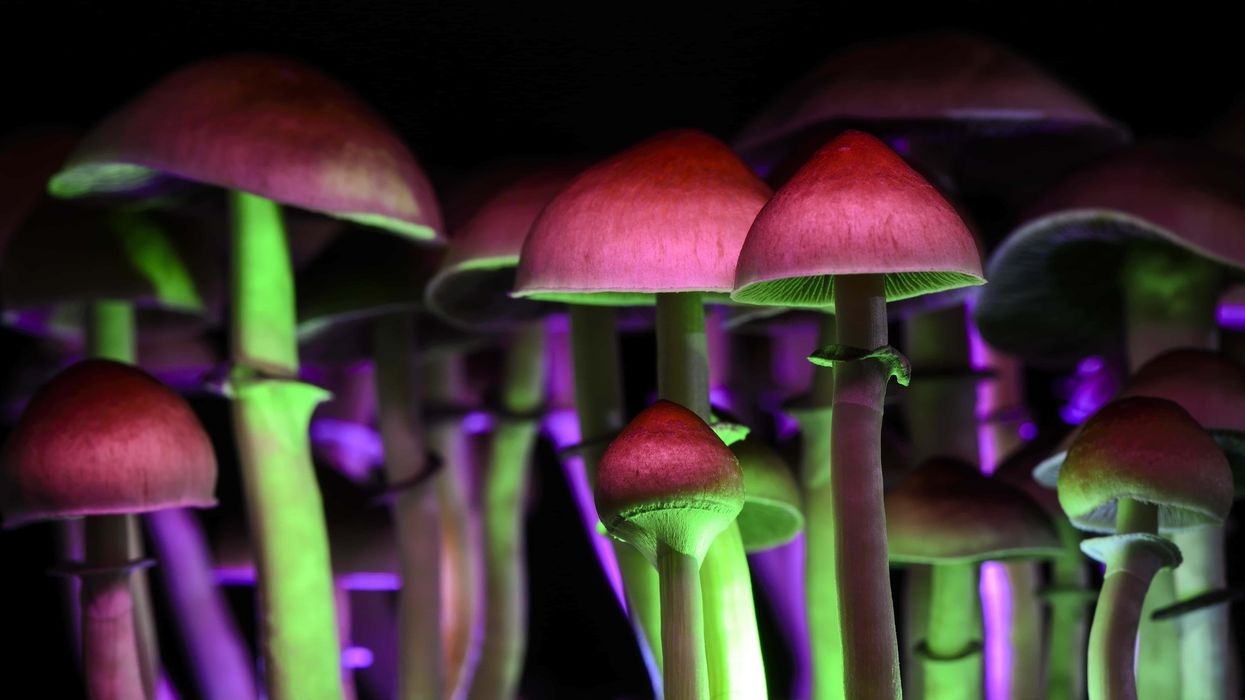

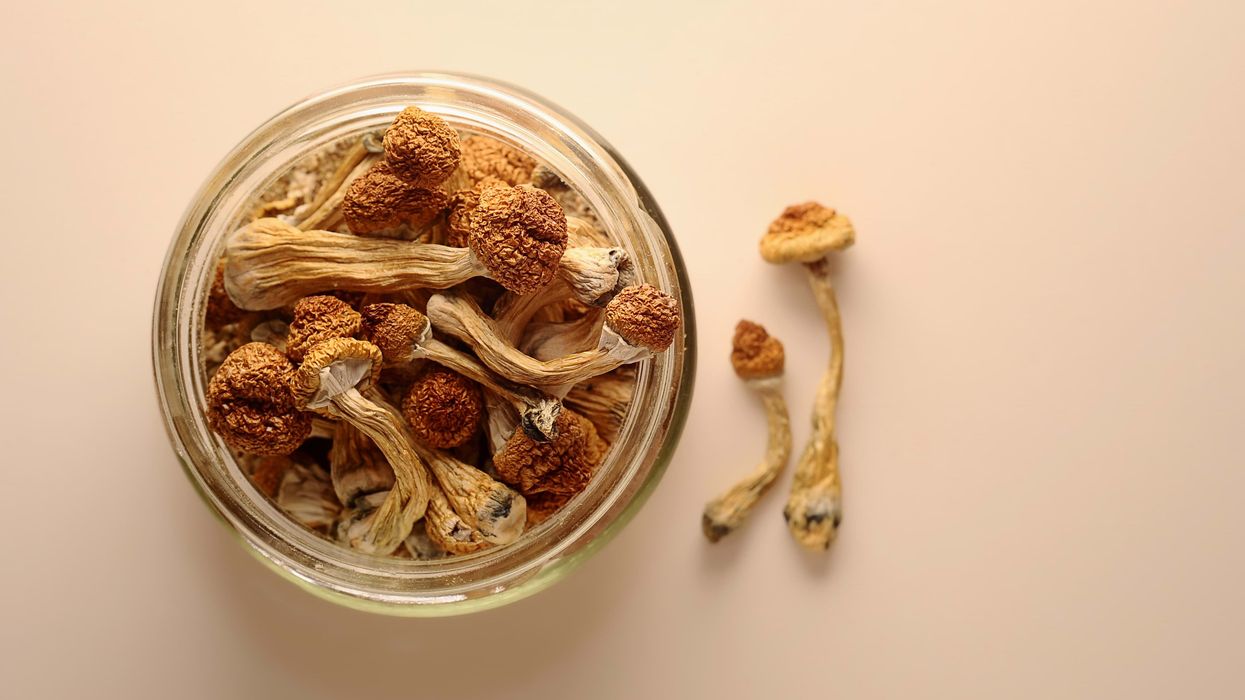
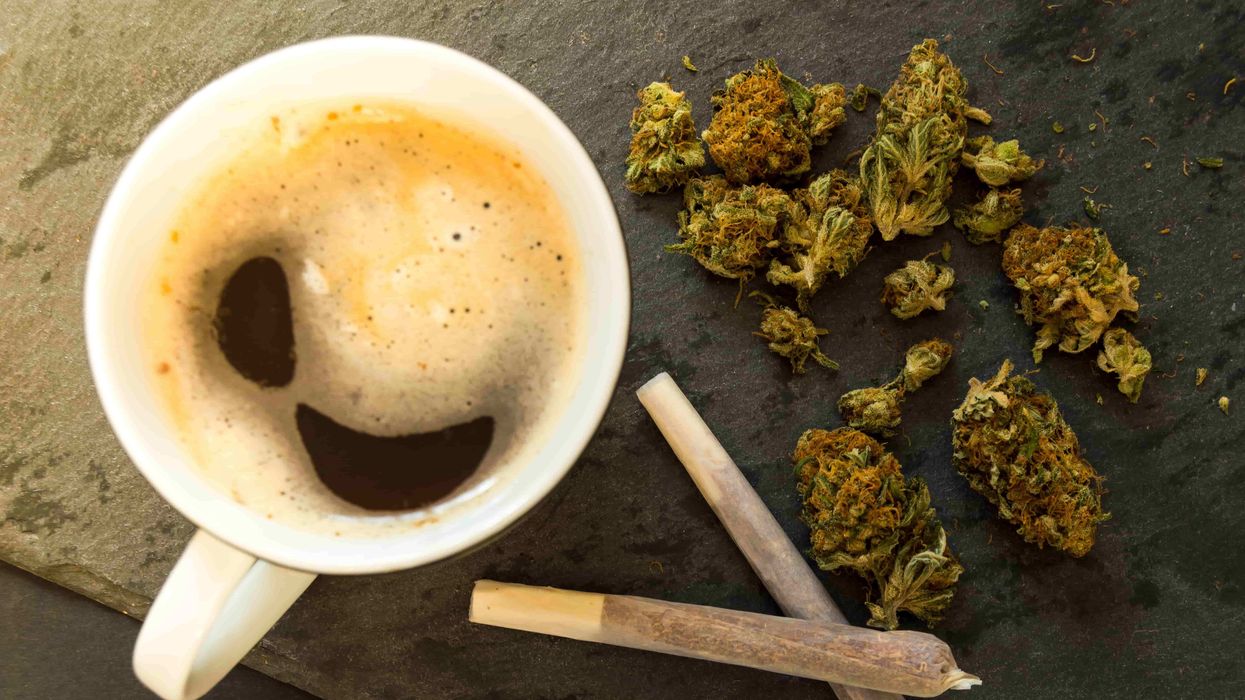
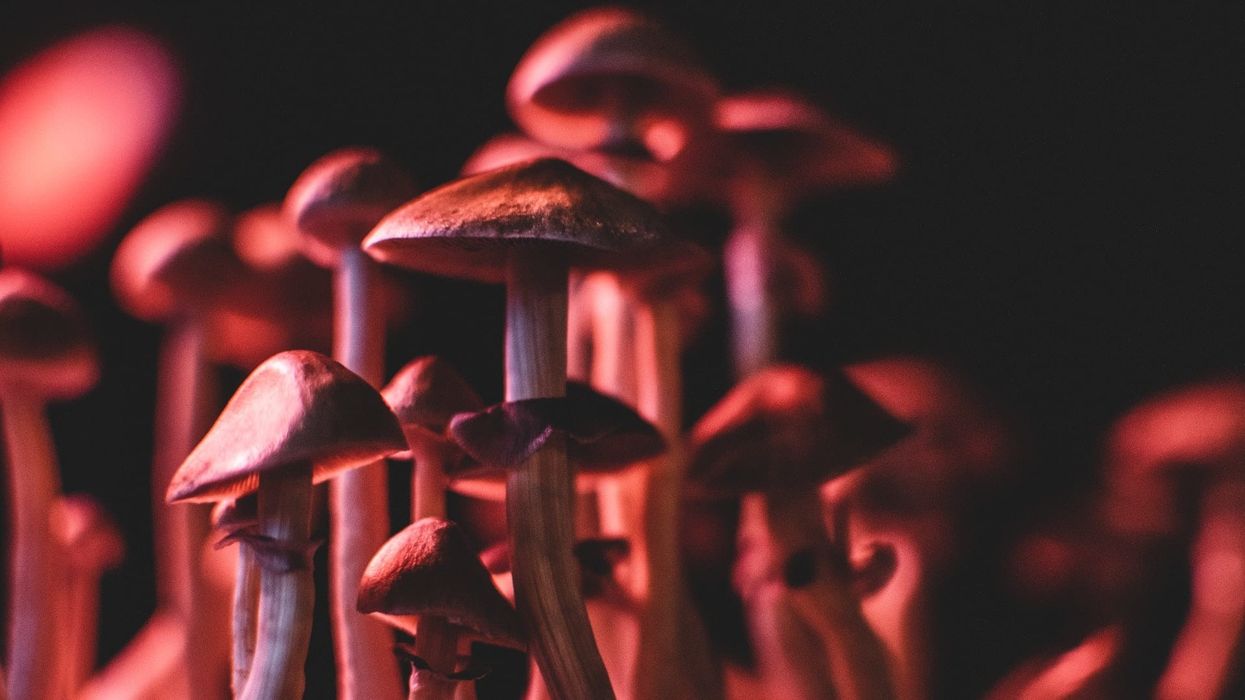
 How to Store Magic Mushrooms
How to Store Magic Mushrooms How to Store Magic Mushrooms
How to Store Magic Mushrooms How to Store Magic Mushrooms
How to Store Magic Mushrooms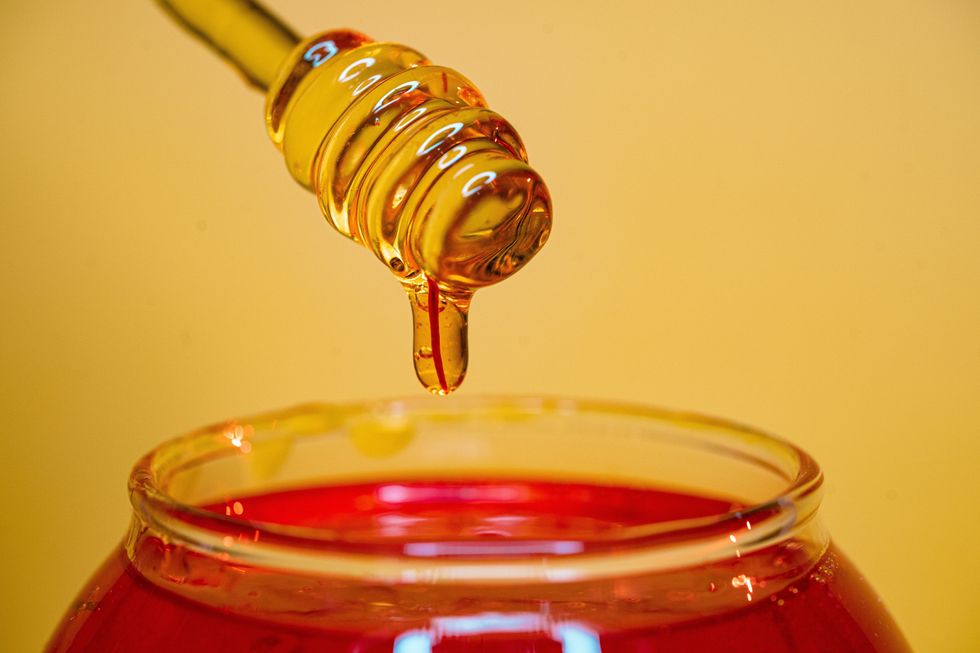 How to Store Magic Mushrooms
How to Store Magic Mushrooms How to Store Magic Mushrooms
How to Store Magic Mushrooms
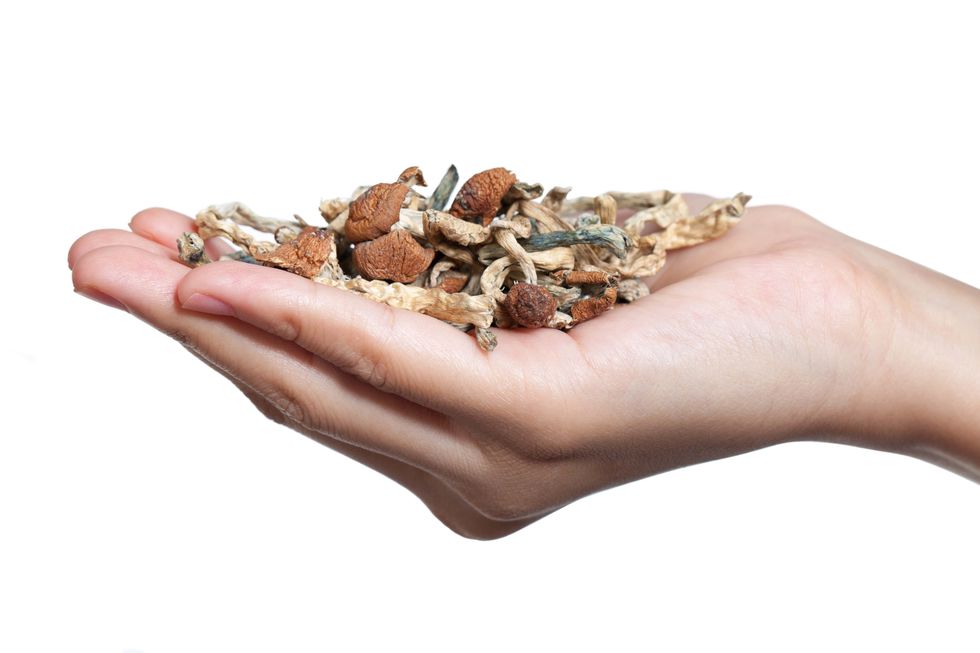 How to Make Mushroom Tea - The Bluntness
null
How to Make Mushroom Tea - The Bluntness
null
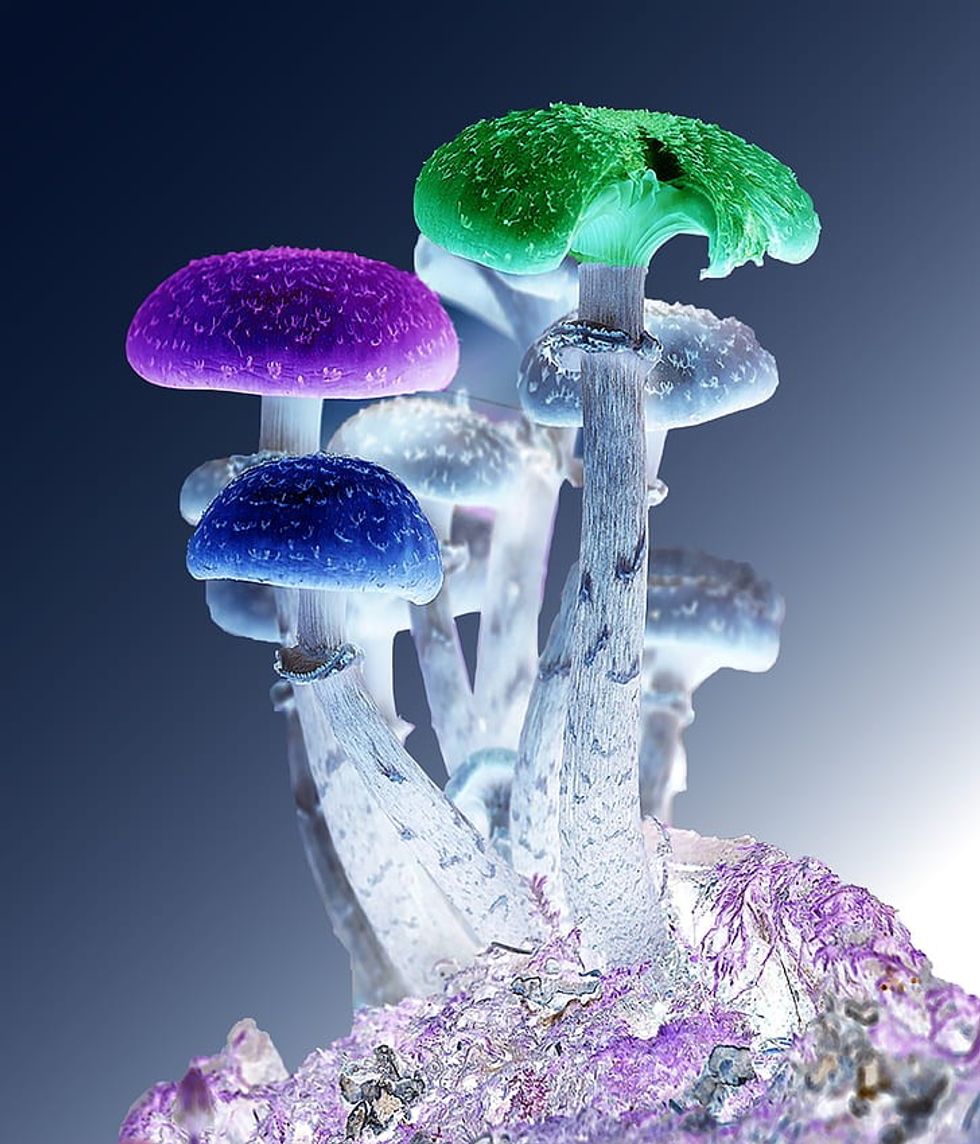 How to Make Mushroom Tea - The Bluntness
www.pickpik.com
How to Make Mushroom Tea - The Bluntness
www.pickpik.com
